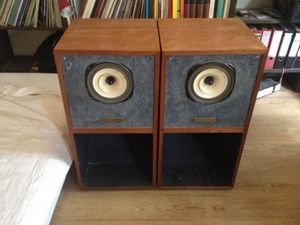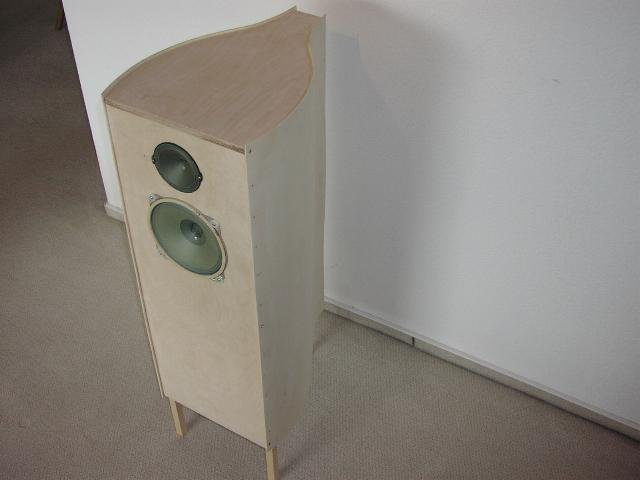Listen to a bunch and hear what you hear. I definitely hear this differentiation between speakers, and the ones that seem to bring a better "aliveness" even at low volumes are usually (but not always) higher efficiency models.
This could happen due to two reasons:
1. Higher efficiency and sensitivity allows the quieter passages to come through clearly. I do find that inefficient speakers can lose out on details during the quieter orchestral passages if not well driven with good control. Efficient speakers are easy to drive, control is easy, letting you enjoy swings from low to high better.
2. Many efficient speakers can be single or two way, and it is easier to maintain consistency between drivers. So both "ways" can be run at the same uniform sound level. With inefficient, low sensitivity cone speakers, often the woofer seems out of whack with the upper range drivers, causing the listener to adjust the volume for the lowest common denominator, leading the other driver to sound louder.


















![IMG_2239[1].JPG IMG_2239[1].JPG](https://www.whatsbestforum.com/data/attachments/104/104609-8dc30fa29e15bd1f0b320c737ad0b871.jpg)